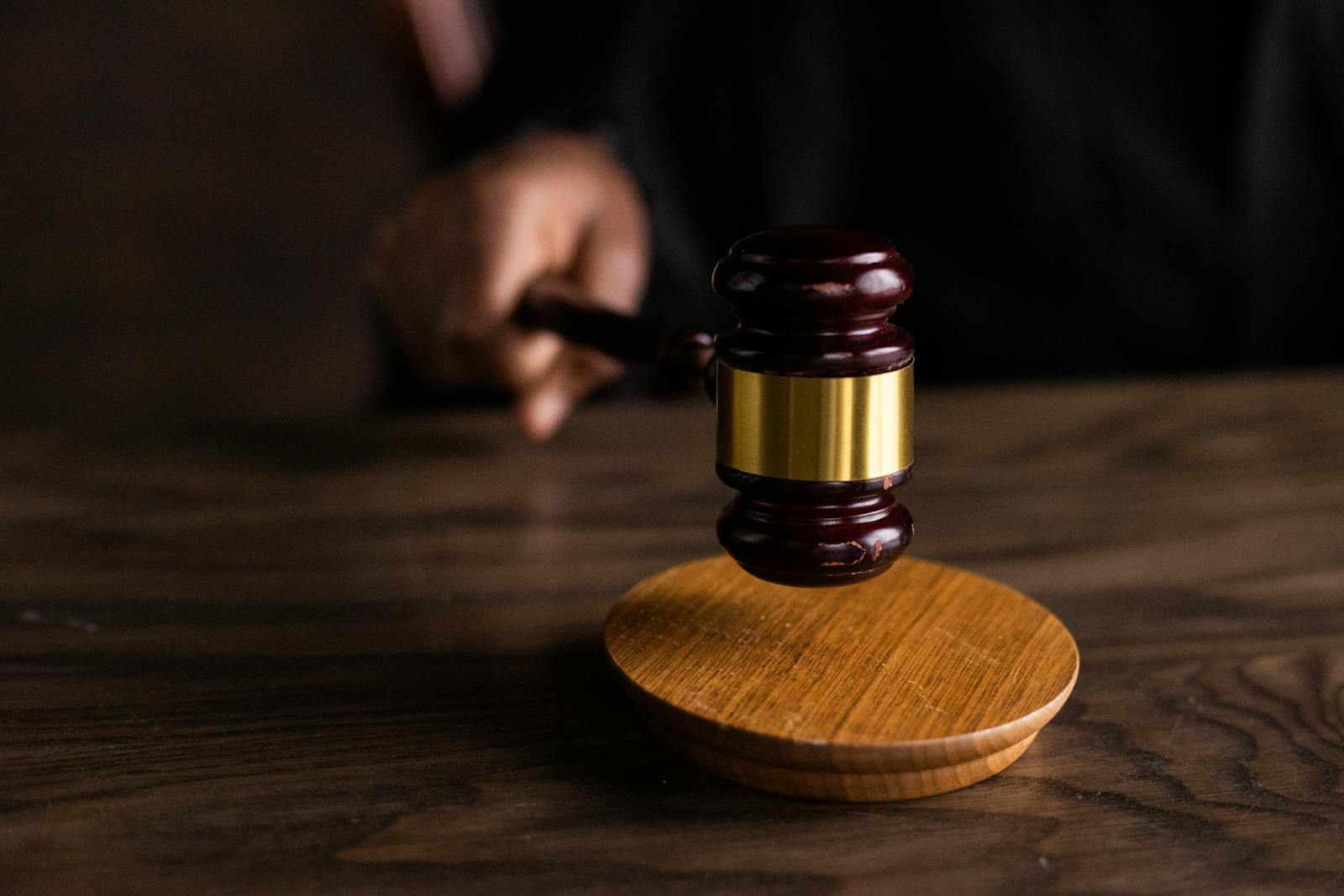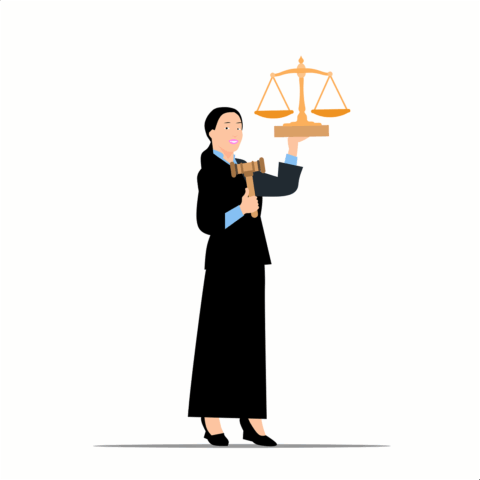Enforcing A 92-Year-Old Decree: The Supreme Court On Faith, Proof, And Possession

Introduction
In November 2025, the Supreme Court of India revisited a compromise decree dating back to 1933 and finally brought closure to one of the country’s oldest ongoing legal battles, a temple dispute that had lingered for 92 years. The case revolved around the worship of Sangalappa Swamy, a local village deity deeply revered in the Anantapur district of Andhra Pradesh. What began as a fragile truce between two factions of the same community in 1933 transformed, almost a century later, into a profound lesson on how faith and law must coexist within the boundaries of proof. This Supreme Court ruling, Kapadam vs. Kamatam, is now a touchstone for understanding how ancient compromise decrees are treated under modern civil-procedure law.
The Roots of a Century-Old Dispute
The origins of this saga lie within the Kuruba community, divided into two sub-groups: the Kapadam families from Gungulakunta village and the Kamatam families from Yerrayapalli. Both claimed hereditary rights to perform rituals for Sangalappa Swamy and to hold the sacred items used in the deity’s worship, pooja articles and religious paraphernalia relating to Lord Sangalappa Swamy, which included items such as bronze horses, idols of Lord Sangalappa Swamy, and other articles of worship.
When tensions between the two groups escalated, they turned to the courts nearly a century ago. In 1933, a compromise decree was recorded in O.S. No. 15/1933 to end the dispute once and for all. The terms were simple yet ambitious: the idol of Sangalappa Swamy would alternate between the two villages every six months, the ritual duties would rotate every three months, and the Kamatam side would pay ₹2,000 towards their half-share of the pooja expenses. Both sides would also appoint two trustees each to oversee the performance of pooja, and other religious activities and to maintain accounts.
For a while, this arrangement brought peace. The decree seemed to bridge the divide between devotion and coexistence. But over time, as generations passed and memories faded, the truce began to unravel.
Faith Rekindled in the Courtroom
By the late 1990s, the Kapadam families accused the Kamatams of breaking the rotation agreement and unlawfully retaining possession of the idols. In 1999, they filed an execution petition to enforce the 1933 decree, hoping to restore what they believed were their rightful worship rights.
The Kamatam side, however, argued that the arrangement had never been implemented in the first place. They claimed the ₹2,000 payment condition was never met, trustees were never appointed, and the idols had never actually been rotated between the villages.
In 2005, the executing court sided with the Kapadams and directed the Kamatams to return the idols within a month. But that order did not stand for long. The Andhra Pradesh High Court, in 2012, reversed the decision, observing that the decree-holders had failed to provide clear evidence of any breach. What followed was a final appeal to the Supreme Court of India, a courtroom revival of a promise made ninety-two years earlier.
Proof Over Devotion: The Supreme Court Speaks
The Supreme Court, while sympathetic to the long history of devotion behind the dispute, upheld the High Court’s ruling. The judges made it clear that a decree, even one born of a sacred compromise, cannot be enforced on sentiment alone.
They held that the 1933 compromise decree was indeed valid, but its execution required the Kapadam families to prove that the Kamatams had actually violated its terms. The Court emphasized that assumption is not evidence. The lower court had erred in presuming that the rotation must have taken place simply because no earlier conflict was recorded.
Moreover, the Kapadam side could not show that the key conditions of the decree had ever been met. There was no proof that the ₹2,000 contribution was paid, no record of trustees being appointed, and no temple accounts or documents demonstrating that the idols had ever moved between villages. In the absence of such proof, the Supreme Court concluded that the execution petition could not succeed. The Court’s message was firm: faith may endure across generations, but enforcement under the law must rest on evidence.
Lessons Beyond the Temple Walls
This 92-year-old case carries lessons that reach far beyond the boundaries of a single temple. It reminds us that a compromise decree, however sacred, does not execute itself. The burden always lies with the party seeking enforcement to prove both the existence of the decree and the violation of its terms.
It also highlights a larger truth about religious and customary rights: they are fully respected by the courts, but they must still meet the same evidentiary standards as any other legal claim. Good faith, the Court said in essence, cannot substitute good documentation.
Over the decades, neither side maintained temple records, financial accounts, or even an inventory of worship items. That absence of structure left their shared faith vulnerable to suspicion and litigation. The judgment therefore serves as a quiet but important call for communities and trustees to preserve proper records and uphold transparency, the true safeguards of peace.
Faith and Law in Harmony
In the end, the Sangalappa Swamy judgment was not simply about who held the idol, but about how the law treats promises rooted in belief. The Supreme Court’s reasoning was a reminder that justice, even in matters of devotion, demands proof.
Faith and law need not oppose each other. The first calls for trust; the second demands evidence. Together, they ensure that what begins in worship can endure in fairness. And in this case, a dispute that began in 1933 finally saw closure in 2025, not by chance, not by legend, but by the steady hand of the law.
For more details, write to us at: contact@indialaw.in
By entering the email address you agree to our Privacy Policy.



